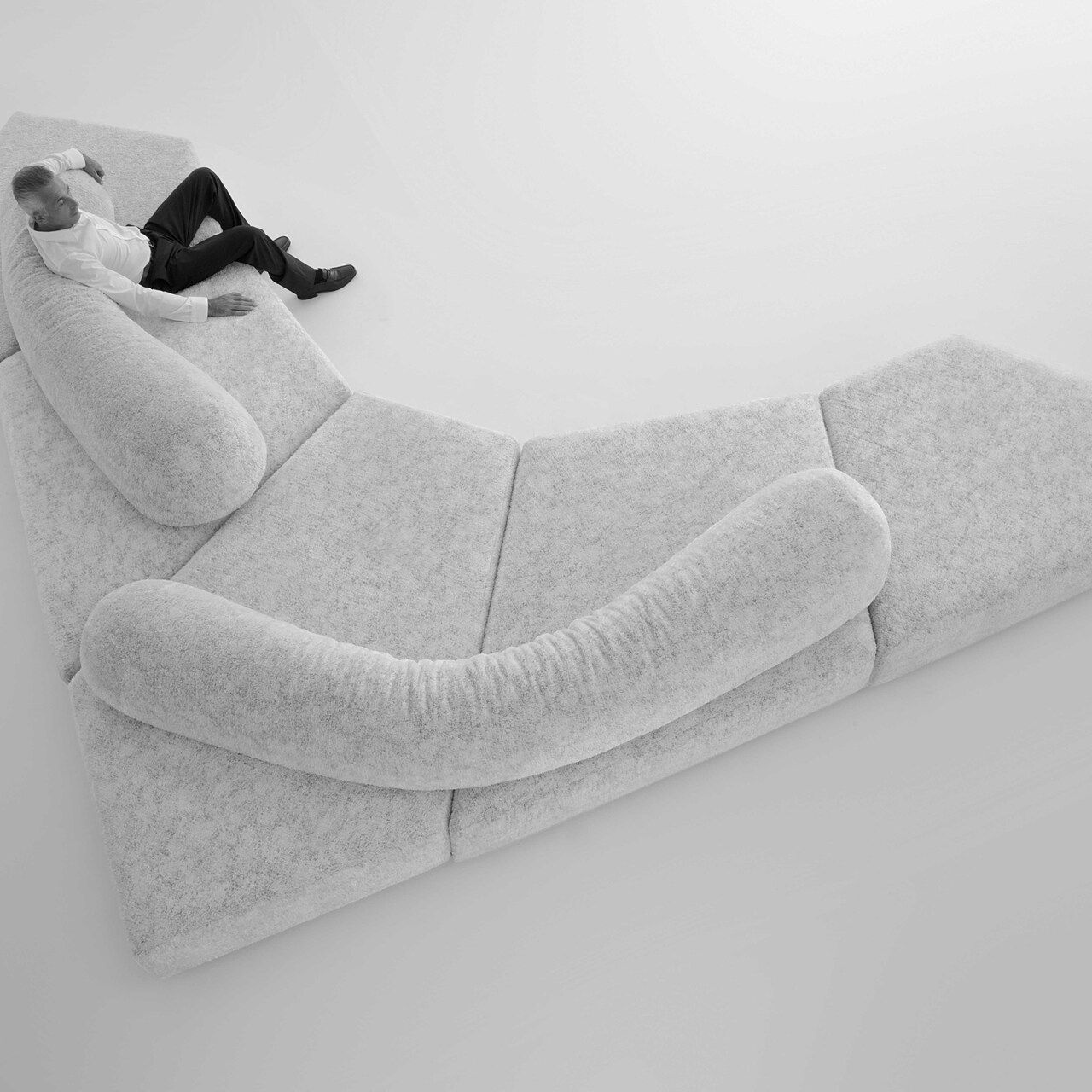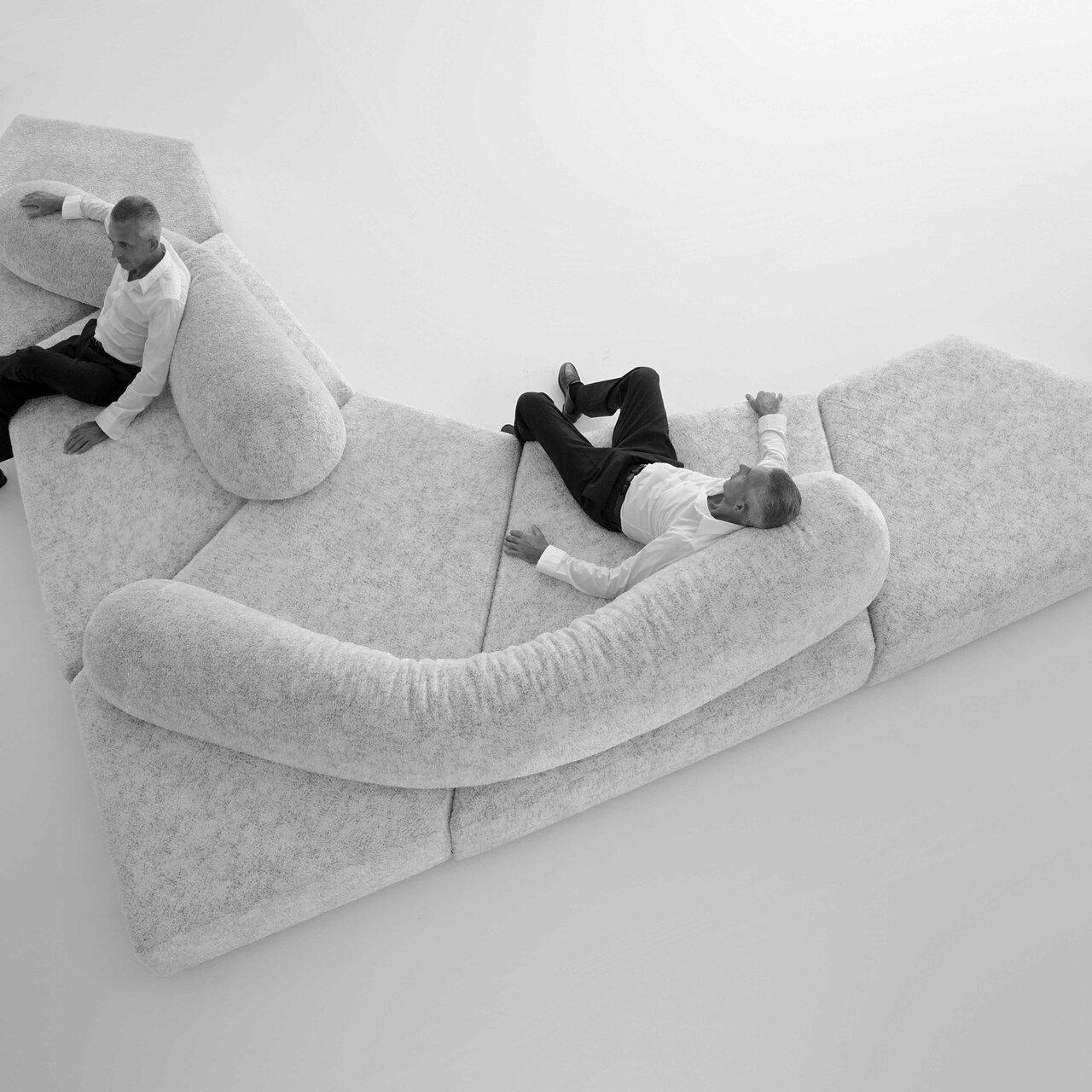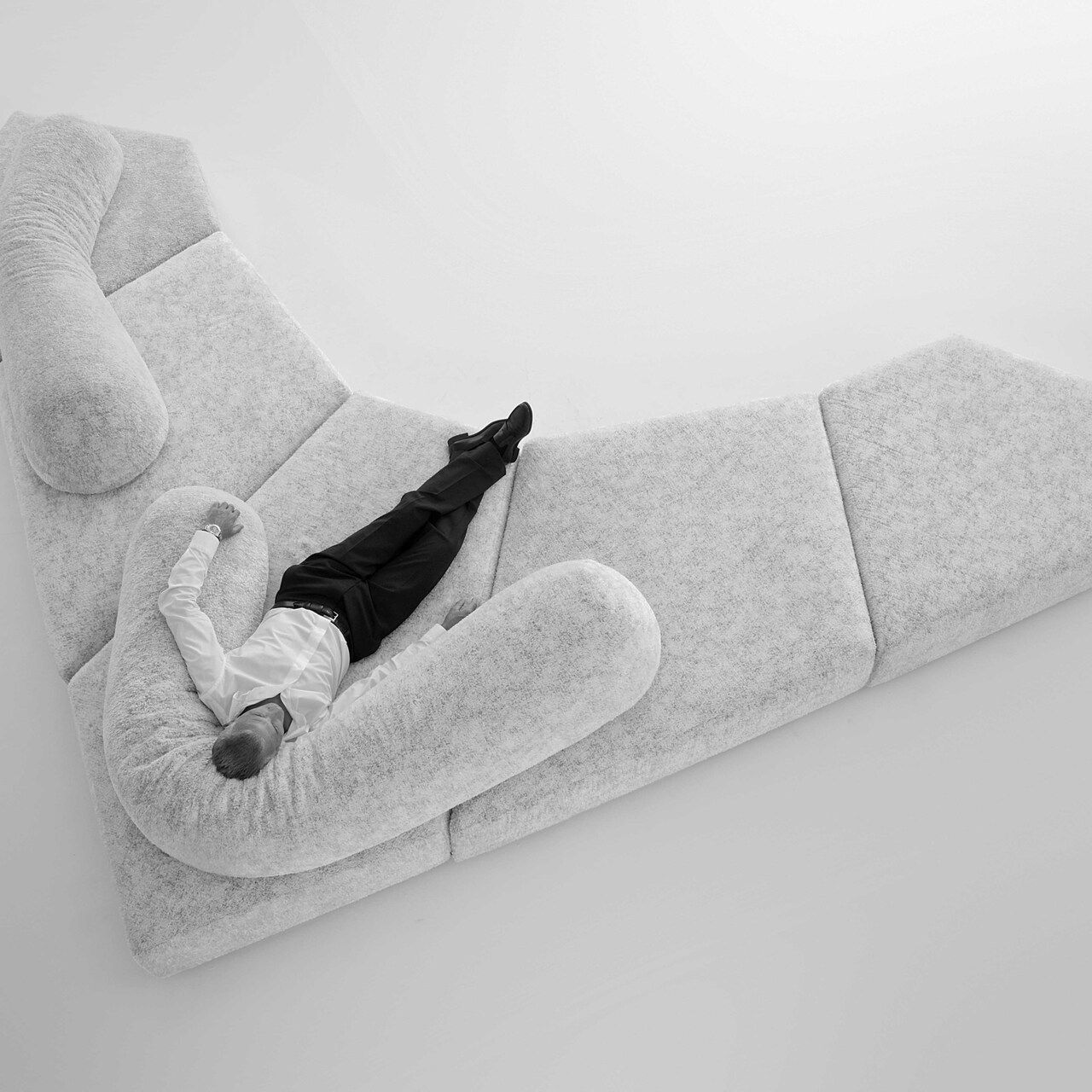
октября 2023
Silvana Annicchiarico
Living a new home
One of the not-so-unimportant consequences of the public health emergency that hit us is the sudden disappearance of that daily wandering, made of endless micro-movements in space, that had been typical of the Western lifestyle, basically everywhere, in the last few decades. We moved all the time, again and again: to go to work, for a date, for a play or a movie, for a cocktail, for dinner, for shopping. A frenzied, ubiquitous and widespread dynamism that confined the home to the centre of gravity of an everyday life that mainly took place out of home. In the last few months, unable to go out, we worked, shopped, partied, cooked at home and from home. We loved, taught, learnt. All our relational universe was somewhat soaked back up into the interior dimension, in a redesign of our living space that turned it into a microcosm of the world. It was an extraordinary experience, of course.
Nevertheless, it led everyone to rethink of their homes and its centrality in the space and time of our lives. And such experience was felt in the most disparate ways. Some people rediscovered the dimension of their homes as a den, as a nest or a shelter. Some felt the urgent need to turn it into a multipurpose, all-round space. Some had no other choice but use their spaces for unintended purposes: working from the bedroom, teaching from the living room, working out in the study. But there were also a few – such as Emanuele Coccia, the philosopher – who offered a more radical interpretation. The coronavirus, in his opinion, “forced humans to start a strange experiment in global monasticism: we are all anchorites who retreat into their private spaces and spend the day whispering centuries-old prayers. […] Everything has turned into a home. Which is not necessarily a good thing. Our homes won’t protect us. They can kill us. One can die of too much home”. That’s why, Coccia goes on, the attention must be focussed on the objects more than on the inner space of architecture. “We only really inhabit objects. […] Objects prevent us colliding with the perfect, geometrical squared surface. Objects defend us from the violence of our homes”. It is a very interesting perspective, especially for design: if nothing else, because it acknowledges that it is interior decoration and objects that make a space – usually an architectural parallelepiped – a home, that give any home the functional comfort and the aesthetic dimension that we have all felt as essential in the days of lockdown. I mean that today design is facing one of the most difficult and taxing challenges: these days of unprecedented uncertainty and fear, of weakness and self-doubt are precisely the driver that can push design to reinvent itself, by getting rid of the paradigms that have ruled it in the last few years (those that gravitate around the centrality of events and style) and rediscovering its original mission: to give a specific answer to the new problems brought in by the emergency and, particularly, to anticipate and prevent the future by stretching its imagination and be brave enough to make gestures of unabashed vision, so as to rethink of the interiors of our houses as well, by taking inspiration from un unprecedented array of needs and wishes.
With its history and its mission, Edra seems to be in the best position to take up the challenge, by continuing and deepening that vision and that custom that the Tuscan-based company, founded by Valerio and Monica Mazzei, has been pursuing since its foundation, with its will to rediscover, emphasise and promote timeless objects, that are alien to the fleeting fashions and the short-lived tastes of the time, capable of lasting through the generations and expressing a universal elegance, while giving an effective, superior answer to these momentous needs. Let’s take for instance a super-classic and time-honoured “type” as the sofa: in the last few years, Edra has made it the target of experimentation and innovation, to such an extent that the sofas designed, developed and manufactured by the Perignano-based company seem to be perfectly attuned to the new living requirements. These sofas are no longer designed as the centre of the living room but as the beating heart of the home and homely comfort.
Before Edra, sofas had a stiff frame and a traditional shape: here the backrest, there the seat. Edra has pulled them apart. It has freed them from the typological, technological and constructive constraints that they had been carrying along for centuries. It has made them functional not just to the needs but also to the ways, habits and gestures of those who use them.
Before Edra, it was the sofa that imposed how you should sit. With Edra, it is the user who suggests the sofa what shape it should take. So, every sofa acts as a sort of mini-installation that interacts with the surroundings and ensures beauty, wellbeing and comfort to those who use it. Modular, adaptable, pliable at will (such as Francesco Binfaré’s Standard, with its Smart Cushion offering the most relaxing position with a flick of the hand), the sofas by Edra epitomise a potential model for the new quality, comfort and versatility requirements, providing users with an unprecedented experience of wellbeing and freedom: veritable ‘rafts’ or ‘islands’ in the domestic space, sofas like On The Rocks or Sherazade no longer impose one single focal point to look at (it might be the chimneypiece, the TV, the guests …), but let people free to sit in different places and in different positions (straight up, lying down, curled up), ensuring – with the cushions moulded into screens or rests – either conviviality or isolation and concentration, depending on what the user needs.
Before Edra, it was the sofa that imposed how you should sit. With Edra, it is the user who suggests the sofa what shape it should take.
Innovative research and experimentation are never disjoined from the ancient manual skills, and, though highly advanced, technology is always gentle, never invasive (just think of a sofa like the Flap), and the work done on the materials goes in the direction of a new feel, which hugs us as we sit down. All of Edra products ensure therefore that comfort that the long isolation has made more essential than ever: I am thinking of the sofas by the Campana Brothers, with their organic, impressive shapes that liven up the space and drain away its cold, geometrical angularity, making it warm and lively, as well as soft, smooth and welcoming. But I am also thinking of the chairs and chandeliers by Jacopo Foggini, so perfectly capable of sparking off synesthetic and luminist interplays with materials, which overdramatize the space and act as a sort of object dramaturgy of emotiveness. Not to mention the shapes of some of Binfaré’s sofas: inspired by rocks or animals (such as the Pack, shaped like a bear lying on the ice pack), they bring the world into the house. They turn it into a world. The world and the house become one. Which – if you think about it – is precisely the condition that the emergency of the first few months of 2020 made us experience.
In other words, Edra is aware that interior design and items are the expression of something deeper than their immediate purpose and even of their aesthetic configuration. Actually, it is through them that we all try, even if unconsciously, to find again that feeling of wellbeing, of safety, of uniqueness and contentment that we experienced in the place we all come from: our first home, our mother’s womb.
 |
Silvana Annicchiarico Architect, lives in Milan and works as a researcher, critic and teacher. She is consultant for public organisations and private companies. In the exhibitions and publications she is involved in, she deals with contemporary issues, the works of the great masters and the new names of design. From 2007 to 2018, she was Director of the Triennale Design Museum at Triennale Milano. |












